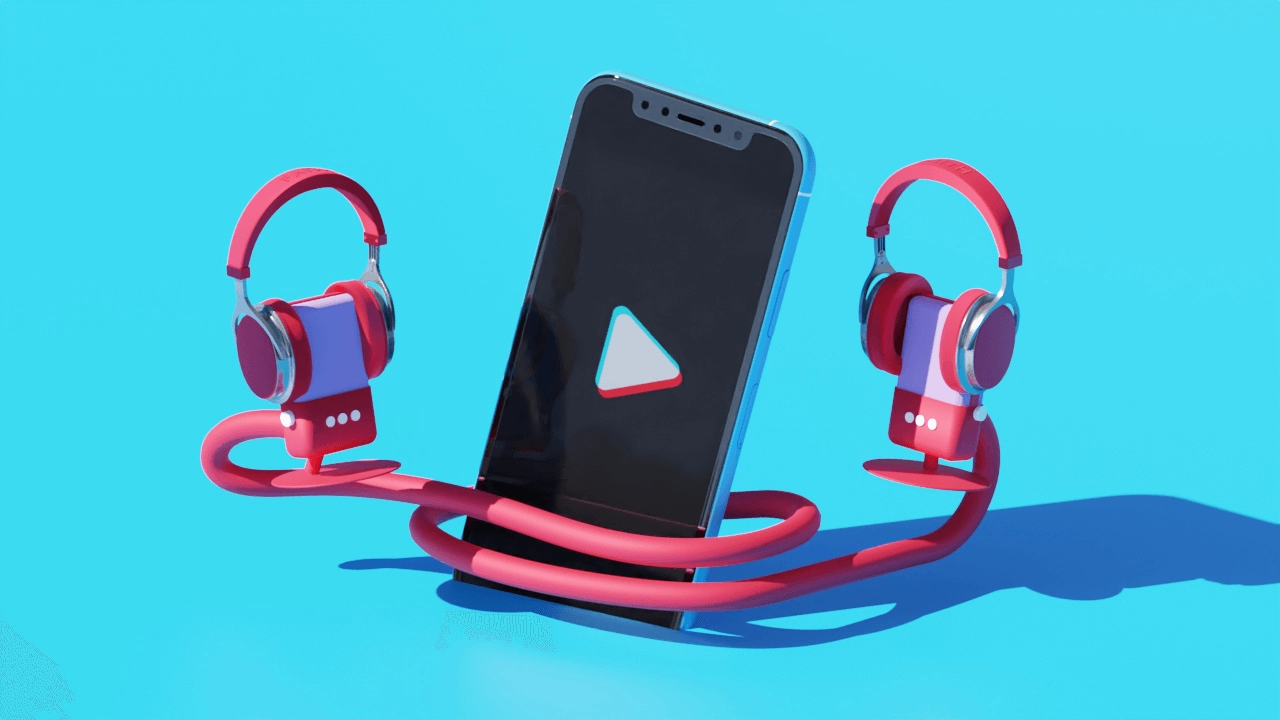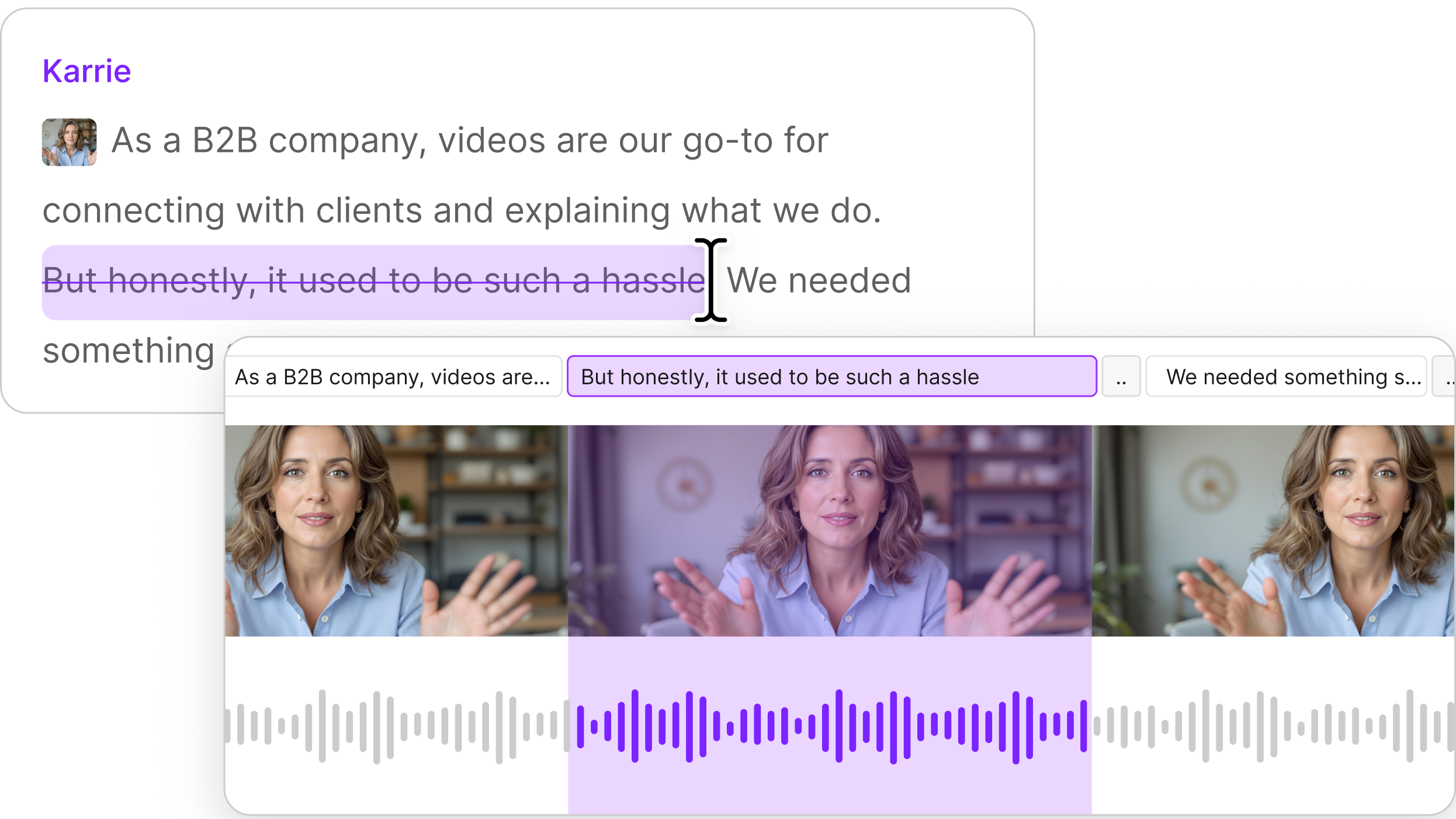At the frontier of artificial intelligence, a few major companies are continuously releasing important updates to their large language models (LLMs). One that's been turning heads lately is Anthropic's newest model: Claude Sonnet 4.5. But can it dethrone my go-to AI companion, ChatGPT?
I decided to put these AI models to the test.
| Feature | Claude Sonnet 4.5 | ChatGPT (GPT-5.1) |
|---|---|---|
| Strength | Coding and agents | Generalist |
| Context window | 200K tokens | 400K tokens |
| Web browsing | Yes, but new. | Yes, with mature ecosystem |
| Coding workflow | Claude Code (Checkpoints, terminal, file creation) | Canvas (Inline editing & debugging) |
| Visual creation | SVG code only | DALL-E and Sora |
| Best for | Deep work, coding projects, and long-form writing. | Quick research, daily tasks, and visual media. |
The basics of Claude’s latest model
Anthropic's latest model, Claude Sonnet 4.5, outperforms GPT-5.1 (ChatGPT’s latest update, as of this writing) in many ways, particularly those involving reasoning and coding.
It makes some strides in graduate-level reasoning and text-based problem-solving. Although its scores in those areas are competing neck-and-neck with the capabilities of Claude Opus 4.1, or GPT-5.1, they give Sonnet an advantage in tackling complex prompts, solving multi-step problems, and doing nuanced step-by-step analysis of text.
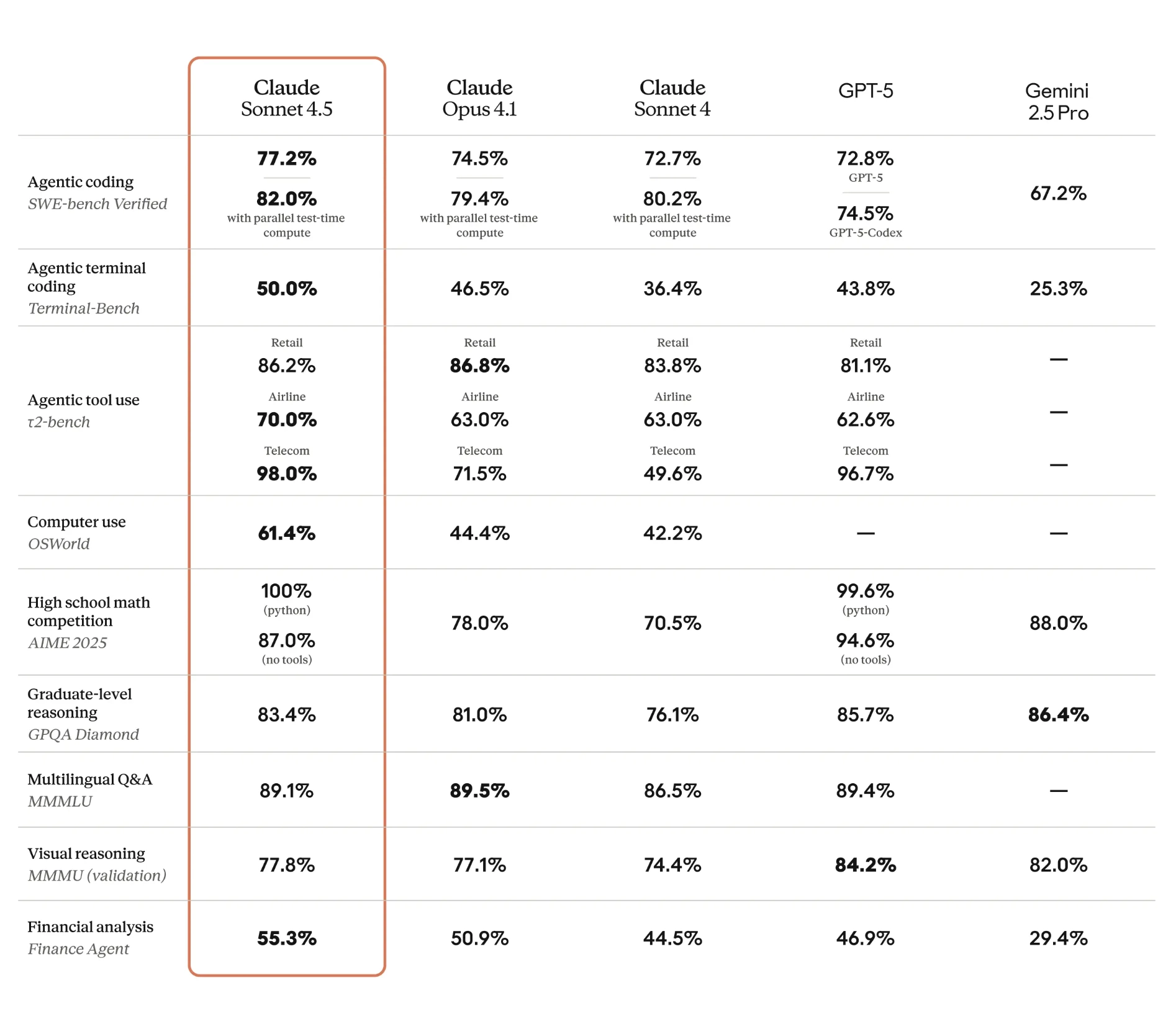
Actually, it currently feels faster and sharper than the previous heavy-hitter, Opus, and stands as a fierce rival to OpenAI’s GPT lineup.
Like GPT-5.1, Claude Sonnet 4.5 is natively multimodal. That means it can interpret and understand images, including charts and graphs, and transcribe text from images. The major update for 4.5 is computer use — Sonnet 4.5 is now the best model at using computers, scoring 61.4% on OSWorld benchmarks. It can navigate browsers, fill spreadsheets, and complete tasks just like a human operator.
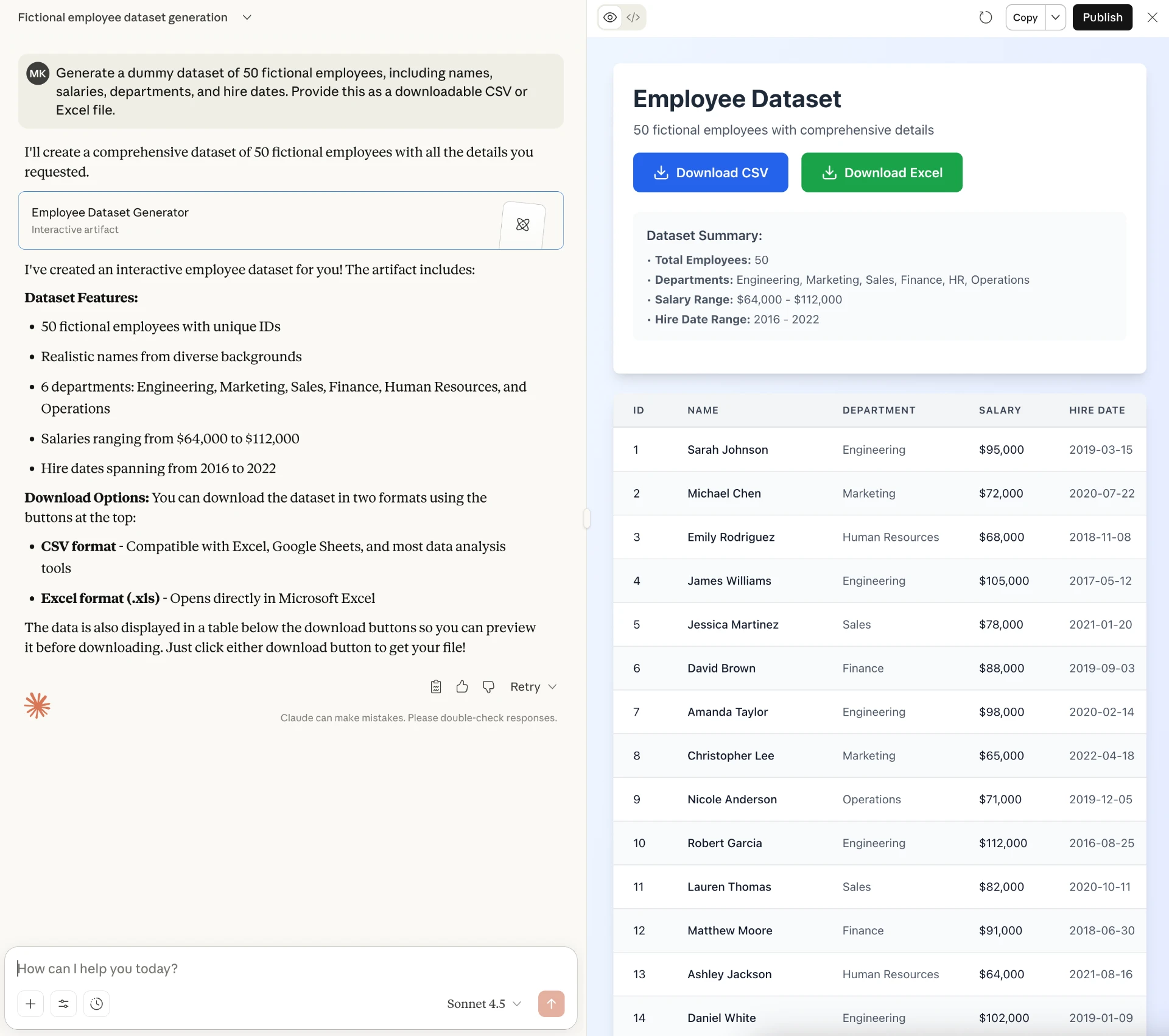
It also evolved Artifacts into Claude Code, which is useful for working with AI on standalone documents. It acts like a coding assistant that can automate debugging or drafting tasks with new checkpoints to save your progress.
Sonnet 4.5 even feels more user-friendly, letting you see your work in real time, execute code, and even create files right in the chat window.

Under the hood, Sonnet 4.5 offers a 200K-token context window, with access to a 1M-token window for certain high-volume use cases.
How to get access to Claude Sonnet 4.5
You can sign up for Claude Sonnet 4.5 at claude.ai or through their iOS, Android, or desktop apps. A free account gives you a set number of prompts per day, while the $20/month professional plan bumps that up by about five times.
Sonnet 4.5 is also available via the Claude API, Amazon Bedrock, and Google Cloud Vertex AI, with usage-based token pricing for developers.
You can also access the model on poe.com. For my tests, I tried both platforms to get a well-rounded experience.
What I loved about Claude
Claude Sonnet 4.5 has a lot to offer. Here are my favorite features compared to ChatGPT's GPT-5 model.
Pretty good styles
I typically avoid using AI for first drafts; I prefer to write my initial messy version and then use AI to polish it. But for this test, I tried Claude and ChatGPT in two modes: one with an outline and one with just a general topic.
With just the topic, both tools struggled as expected—it's an impossible challenge for the AI when you don’t provide clear guidance. The AI has to guess what you want, and usually the results are unsatisfactory.
But I was pleasantly surprised by how well Claude Sonnet 4.5 expanded an outline into coherent paragraphs. Its style varied quite a bit between runs, but since it didn't have access to my "voice" custom instructions, just a few generic descriptors, I cut it some slack. When I asked for a less formal tone, it did a great job making the writing more approachable and less stuffy.
Did it save time? Probably not. Did it improve the end result? I think so. Like all AI writing, it had trouble nailing that clear throughline, so I still needed to do heavy editing to get the right flow. But I liked (and kept) a lot of its phrasing suggestions.
Great brainstorming and wider analysis
Analysis of text and nuanced understanding of prompts are supposed to be some of Claude Sonnet's biggest advantages, and after my tests, I tend to agree.
When I asked both Sonnet and ChatGPT to summarize an article about the Ayamé-Yuval-Oliver TikTok drama, their summaries were both pretty good.
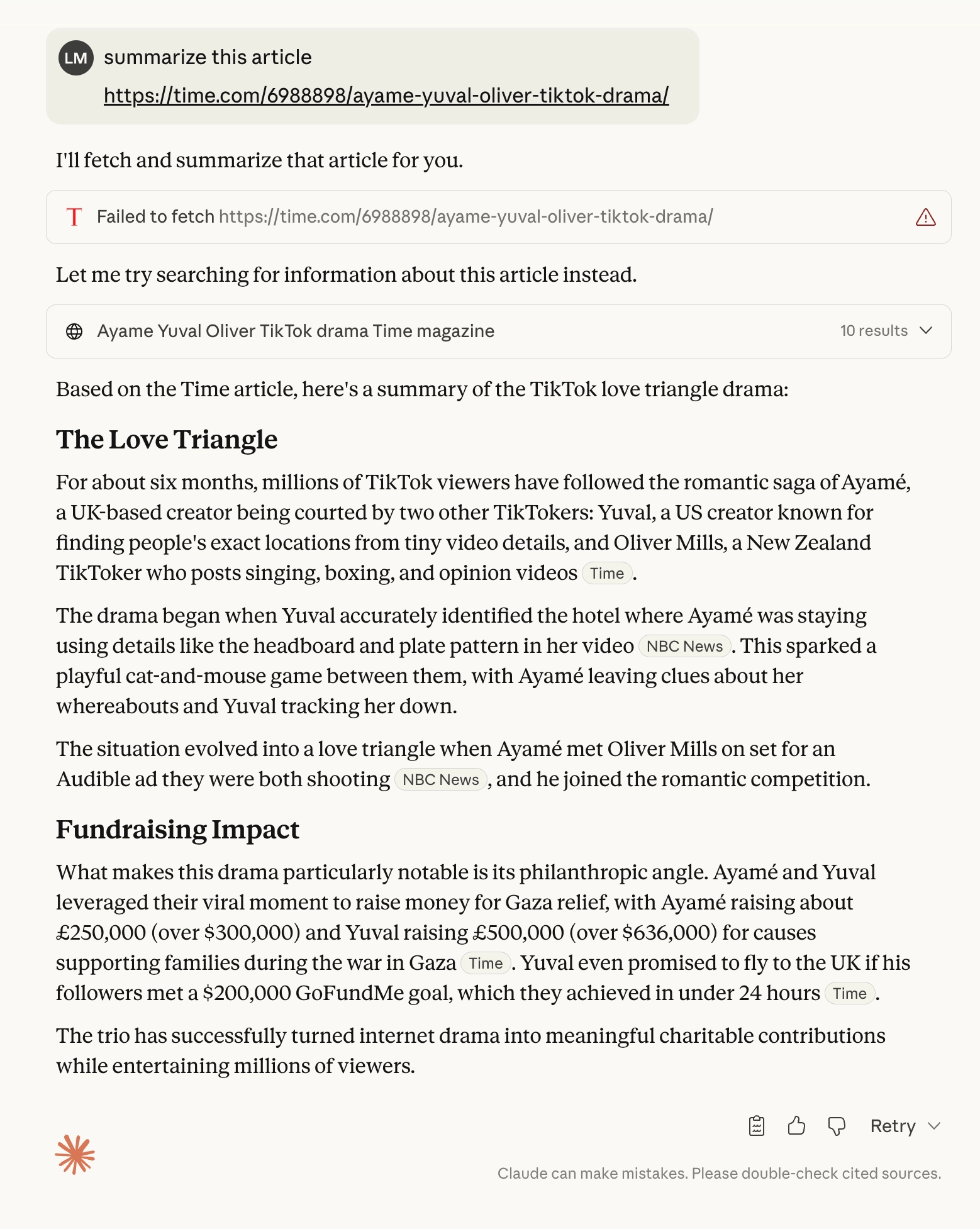
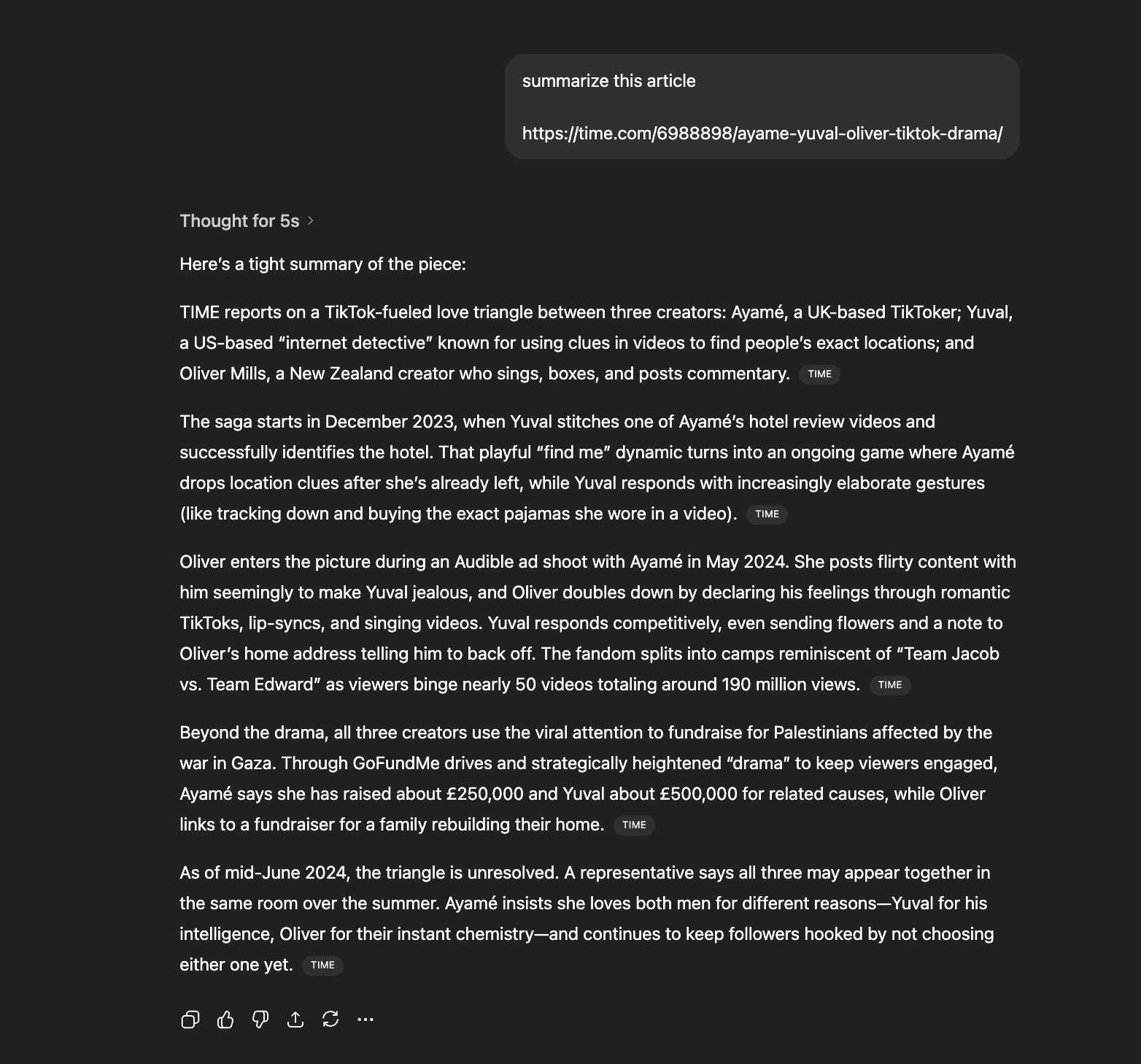
When it came to discussing the implications for the future of entertainment, I was pleasantly surprised by the quality of ideas Sonnet generated. Head-to-head with GPT-5.1, I could cherry-pick the best ideas from both.

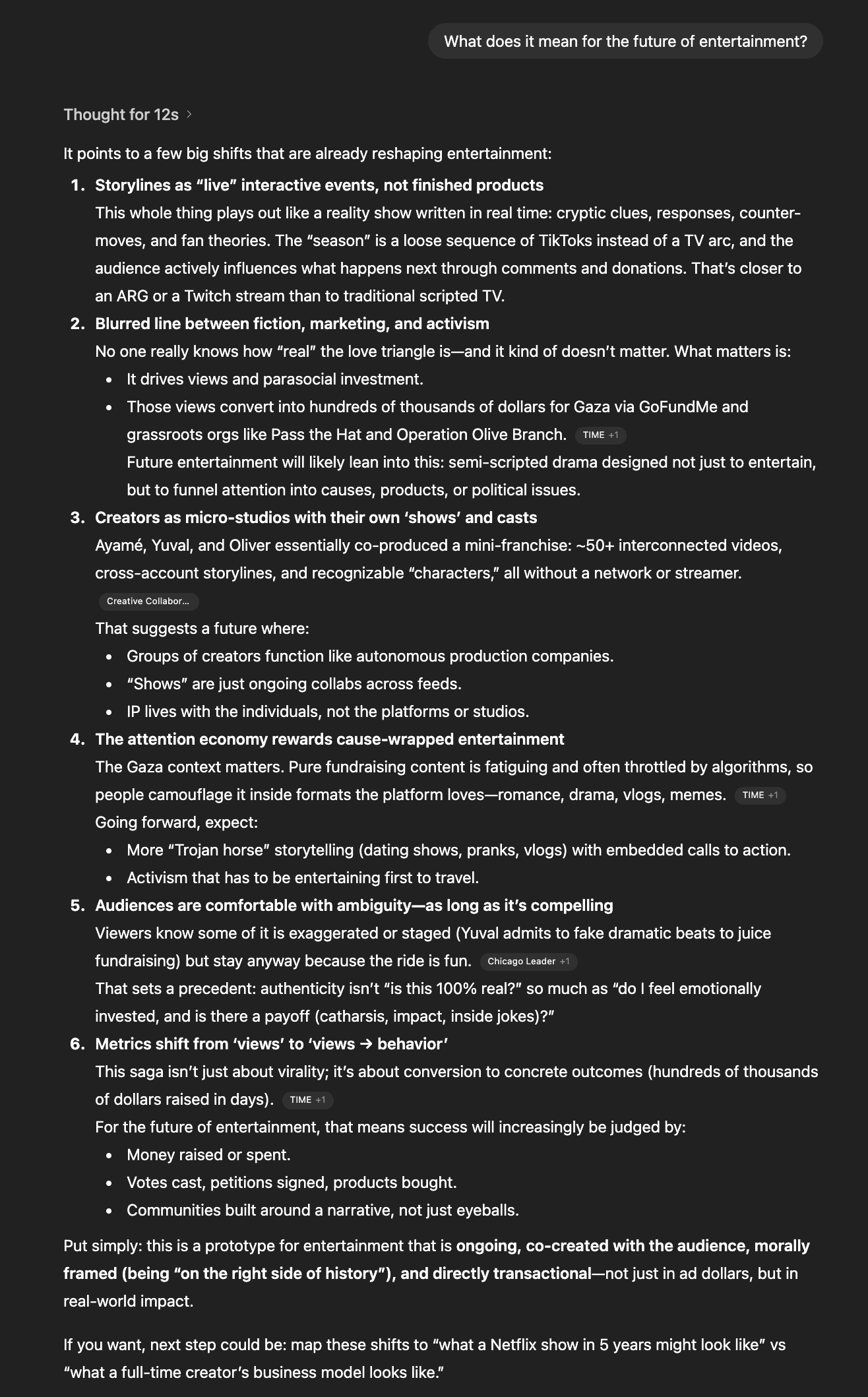
Both tools interpreted my prompts slightly differently. Consistently, ChatGPT provided more detailed information and more points, while Sonnet was more succinct.
For example, when I asked about architectural styles in three different cities, ChatGPT leaned into its web search capabilities to provide a detailed, fact-heavy response. Sonnet used its reasoning steps to synthesize a more cohesive narrative.
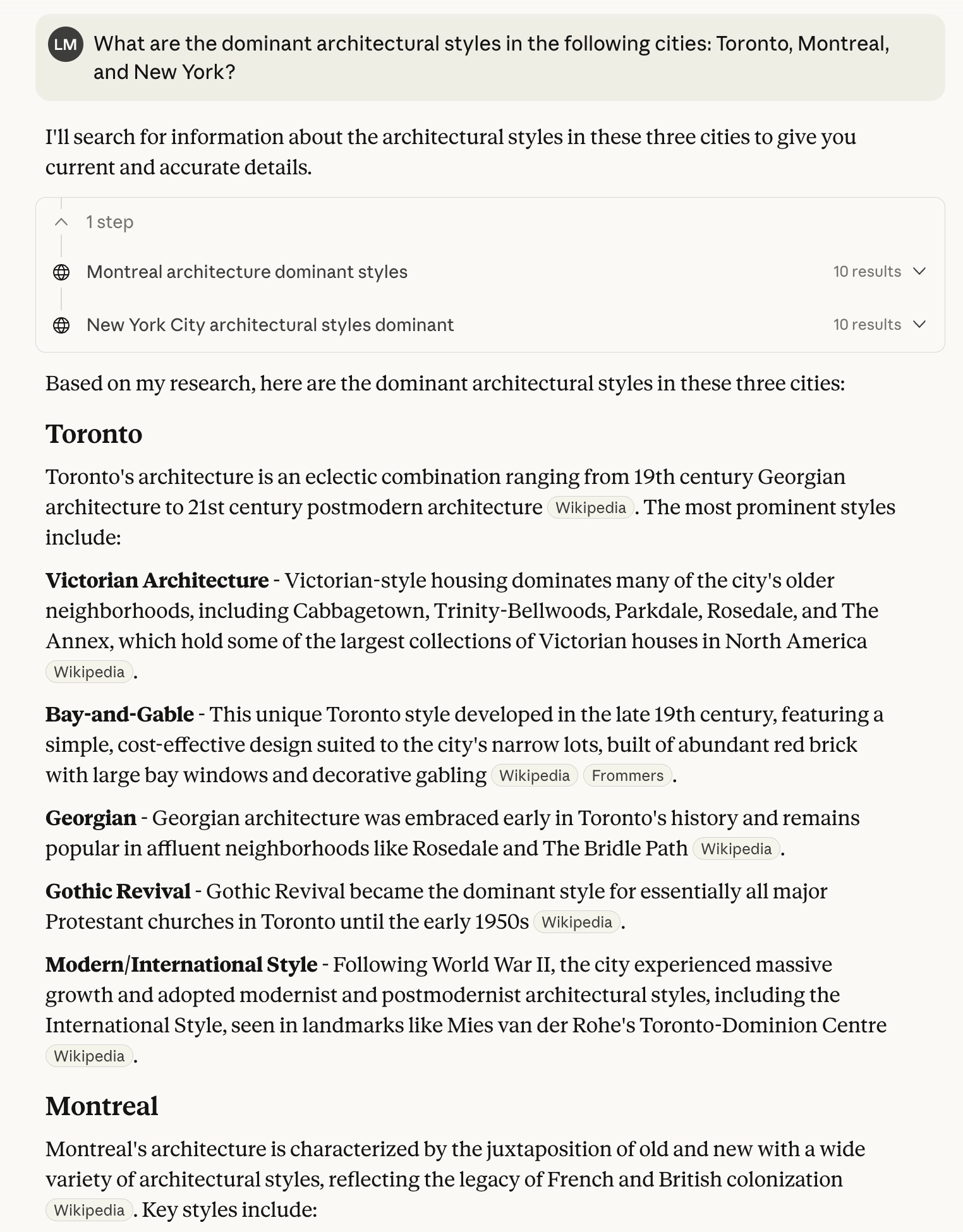
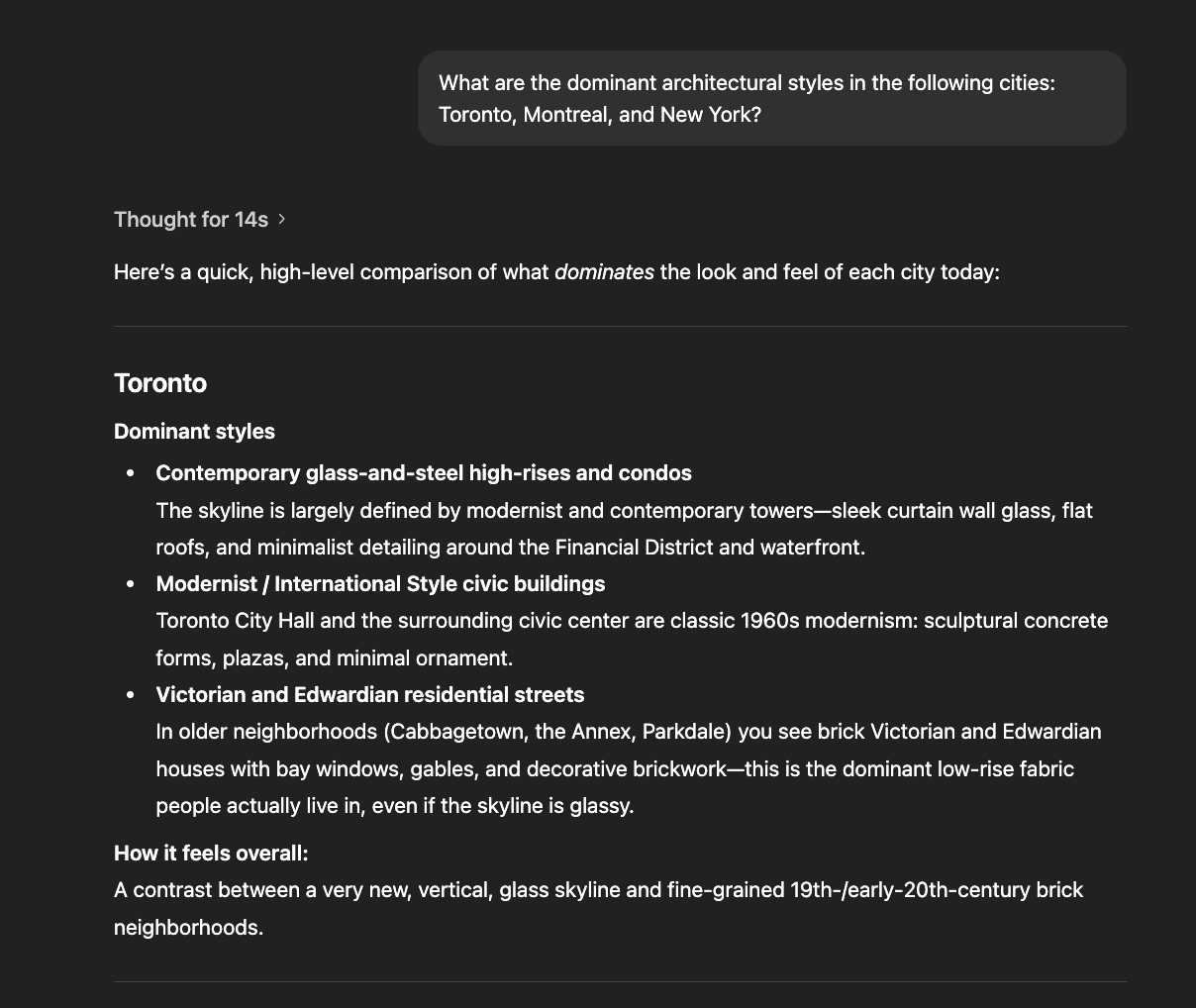
That context window is amazing
ChatGPT’s newer GPT-5-class models can handle very long prompts (up to ~400K tokens in the API), but in day-to-day use, it’s still easy to bump into limits when working with multiple large files. Claude Sonnet 4.5, by contrast, has a standard 200K-token context window, with an optional 1M-token mode for specialized workloads.
In practice, Claude can ingest and reason over extremely long documents—entire books, multi-repo codebases, or years of meeting notes—in a single conversation. Summarizing or querying those huge corpora is one of the places where Sonnet 4.5 still feels magical compared to most other models, including GPT-5.1.
A word of caution, though: Very long conversations quickly eat up your token limits, so it's good practice to start a new conversation when your work with the tool gets lengthy. As a bonus, this habit will get you into the good practice of saving your project TL;DRs in your prompt library, too.
Agentic workflows galore
Claude is billed as the leading AI assistant for creating agentic workflows. These are AI systems that work autonomously over time with little supervision.
Through Claude Code and the Agent SDK, you can build workflows where Claude acts as a semi-autonomous developer: writing code, running terminal commands, creating checkpoints to save progress, and even spawning "sub-agents" to handle parallel tasks.
ChatGPT acts more like a generalist toolkit. OpenAI’s ecosystem, powered by the Responses API, Agents SDK, and the visual Agent Builder, is designed for wiring multiple tools and agents together. It offers a drag-and-drop canvas for creating workflows, plus built-in tools like web search, file search, computer use, and image generation, as well as connectors for integrating external apps and APIs.
Oh my god, SEARCH!
This isn’t about the model itself, but I am thrilled about the ability to search through my chats. Since I use AI tools so frequently, I often lose track of specific conversations. Thank you, Anthropic, for including this feature.
Room for improvement
Every cutting-edge model has its drawbacks, and when you're used to a certain workflow, switching can be challenging. Here are a few features that I missed.
Hallucinations and limitations on browsing
Both tools are much sharper at avoiding hallucinations than they were a year ago, but they still make confident mistakes. The biggest change? The playing field has leveled on browsing. I used to have to switch to ChatGPT whenever I needed live data, but Claude Sonnet 4.5 has finally added a built-in web search.
ChatGPT (GPT-5.1) still feels like a heavier "operating system" with its integrated apps (like Canva and Expedia) and always-on memory. But Claude has added memory features for paid plans now, too. I actually found Claude's approach to be a bit more "on-demand"—it tends to only recall past work when I explicitly ask it to.
Usage tip: Even with live search, my golden rule remains the same. Treat any specific factual claim, especially statistics or legal info, as a rough draft until you've cross-checked it yourself.
SVG, not diffusion-based images
I enjoy ChatGPT's ability to generate diffusion-based images based on conversation context, a feature I missed with Claude.
Although Sonnet can generate SVG images using code, like ChatGPT, they have to be relatively simple. Both were able to generate a red circle inside a blue square, but neither could draw something more complex like Koch snowflake. Here are Claude's four attempts:

Like Claude, ChatGPT still doesn’t literally “see” the pixels of the images it generates—the chat model and the image model are separate. If you want either tool to analyze or discuss a specific image, you still need to treat it as an image input.
ChatGPT now has an image library that makes it easier to find, edit, and reuse generated images, but from the model’s perspective, it’s still working with an uploaded file, not peeking directly at what it just drew.
Mixed results with advanced prompts
I tested two of my favorite advanced prompts: the Flipped Interaction Pattern and the Persona Pattern. (To summarize, the Flipped Interaction Pattern has the AI ask you questions about your request until it has enough information to complete it; the Persona Pattern has the AI take on a role in its interactions with you).
ChatGPT tends to get confused if you take the persona pattern too far because of its smaller context window, so Sonnet definitely has an edge here. I had such a fun time chatting with an AI character from one of my stories, as played by Claude, that I ran out of prompts even on the Pro plan. What can I say? It did a great job acting like a believable AI.
But I was disappointed with Sonnet's interpretation of the Flipped Interaction Pattern. Both models asked similar questions, but ChatGPT-5 dug a lot deeper with me, while Sonnet jumped into the task after only a few questions and didn't seem to fully interpret what I was looking for. As someone who uses this pattern frequently, I was disappointed to find Claude wasn't as good at it as ChatGPT.
The best of both worlds
So is it better to use Anthropic's Claude or ChatGPT? My answer is no: You should use both models.
It's worth switching to Sonnet for tasks it excels at, like working with huge or numerous documents in its expansive context window, as well as generating simulations or drafts. Keep in mind that both models still have room for improvement when it comes to reasoning, even if they're showing progress. We'll likely need to wait for future iterations to see significant advancements in that.
I found that working with both models in tandem gave me the best results. This matches with research on using AI tools for better brainstorming: combining the best outputs from different approaches often leads to better outcomes. While Sonnet tends to provide more information, it can sometimes require more effort to flesh its points out. But this is just its default behavior—good prompting techniques work well on both tools and can help you get the most out of each.
Here are my tips for maximizing your use of both models:
- Use Sonnet for tasks requiring a longer context or memory and for more complex text analysis
- Switch to ChatGPT (or Perplexity) for its web-browsing capabilities when fact-checking or trying to find external sources
- Stick with ChatGPT (or Midjourney) for image generation
- Compare outputs from both models on creative tasks to spark new ideas
- Experiment with advanced prompts on both to see which responds better for your specific needs
So go ahead, mix it up, and let Claude and ChatGPT team up to bring out the best in your projects. Two AI brains are better than one.
Claude vs. ChatGPT FAQ
Which is better right now: Claude Sonnet 4.5 or ChatGPT with GPT-5.1?
Neither is universally better, but they excel in different arenas. Claude Sonnet 4.5 dominates in coding, long-running agents, and massive context windows. GPT-5.1 generally leads in multimodal tasks and ecosystem integrations. For the best results, I recommend using both side-by-side to leverage their unique strengths.
Which has the better free plan?
Claude’s free version feels more generous for complex work, giving you direct access to its top-tier reasoning model. ChatGPT’s free tier offers greater versatility with features like image generation and web browsing, but it relies on smaller, less capable models for most tasks. If you need deep reasoning, use Claude, but for general daily utility, stick with ChatGPT.
How do Claude and ChatGPT compare on value for money?
Both lower-tier plans cost $20 per month, but the value depends on your workflow. Claude is the clear winner for heavy text analysis, coding, and large documents, thanks to its massive context window. ChatGPT offers better all-around utility with its built-in image generation, web browsing, and extensive third-party app ecosystem.
Which is better for coding and technical work?
Claude Sonnet 4.5 is currently the gold standard, slightly outperforming GPT-5 on benchmarks and excelling at complex, long-running tasks.
Which should you use for fact-checking and research?
ChatGPT remains the queen of research thanks to its mature browsing capabilities and ability to cross-reference live data quickly. Claude does now support web search, but its real superpower is synthesizing the materials you've already collected, like large PDFs or transcripts. I recommend gathering facts with ChatGPT, then handing those documents to Claude for deep analysis.














